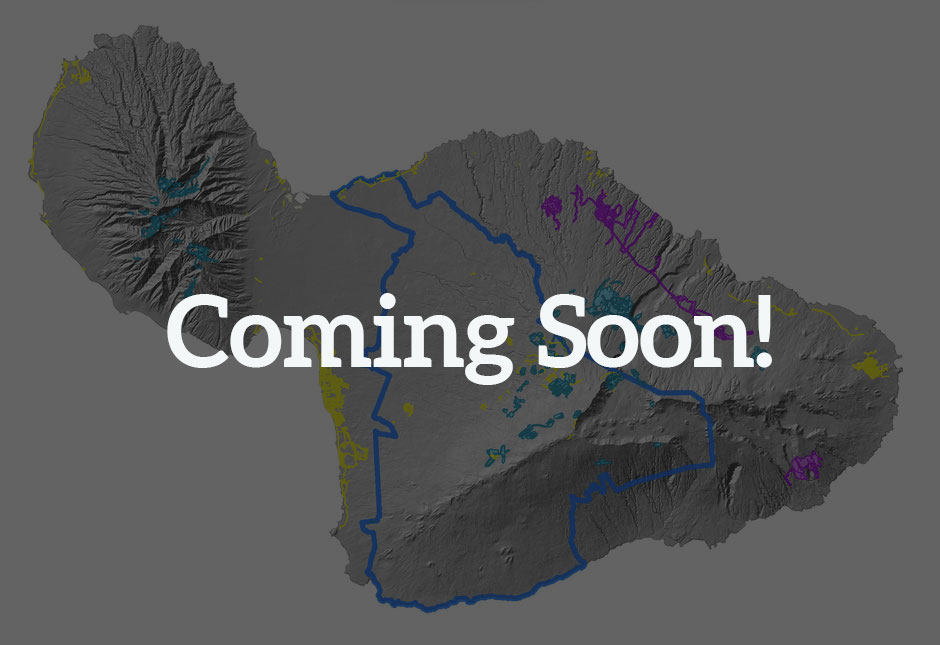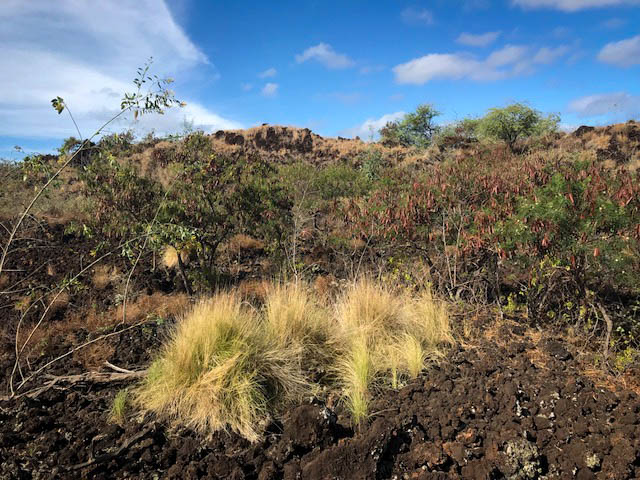
Fountain Grass
Cenchrus setaceus, formerly Pennisetum setaceum
Report if seen anywhere on Maui

Known from and potential habitat
Species Info General
Family: Asteraceae
Poses a major fire threat to many of Hawaii’s natural and developed areas and has been designated a noxious weed by the Hawaii Department of Agriculture. The Division of Forestry and Wildlife of the Hawaii Department of Land and Natural Resources has designated fountain grass as one of Hawaii’s Most Invasive Horticultural Plants.
Impacts
- Grows quickly and outcompetes other plants for resources like water and space
- Poor pasture grass, degrades the quality of pasturelands, particularly in drier areas.
- Fire-adapted, it can survive brush fires, where native plants cannot.
- Fire-promoting. Dry fountain grass is an excellent fuel for brush fires.
- Changes structure of dry forest (from bushes, trees to grass savannah)
On Maui
Known fountain grass populations are limited to areas in Waiehu and Kahului, and MISC is working to control or eradicate it.
Control info/Info on what MISC does about it
- Coming Soon!
Resources/References
- Fountain grass information from Hawaii Invasive Species Council
- Fountain grass information from Plant Pono
- Cenchrus setaceus information from ISSG


